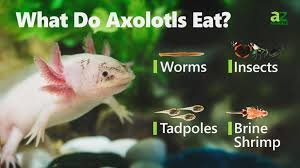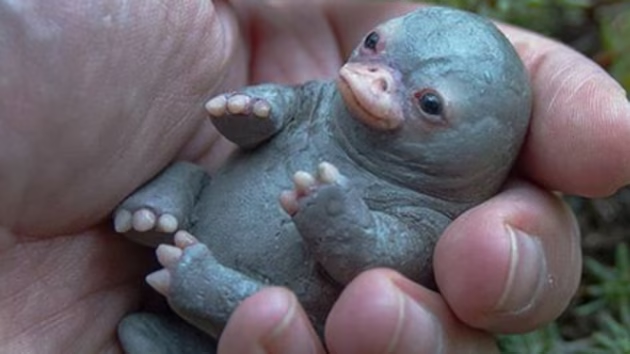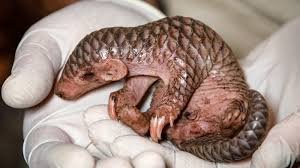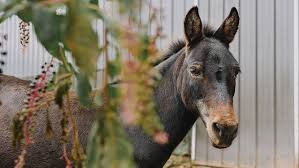
axolotl diet
The axolotl, also known as the “Mexican walking fish,” is one of the most unique and captivating amphibians in the world. Unlike most salamanders that undergo metamorphosis, axolotls retain their juvenile features throughout life, a condition known as neoteny. This unusual biology makes their care especially fascinating, and diet plays a crucial role in maintaining their health. Understanding the axolotl diet not only ensures the well-being of these creatures in captivity but also sheds light on how they survive in their natural habitats.
Natural Diet of Wild Axolotls
In the wild, axolotls are native to lakes and canals in the Valley of Mexico, especially Lake Xochimilco. Here, they are opportunistic carnivores, feeding on a wide variety of aquatic life. Their natural diet consists of worms, insects, insect larvae, small fish, mollusks, and crustaceans. Axolotls use a suction-feeding technique: they rapidly open their mouths, creating a vacuum that pulls in prey along with water. This hunting style is highly effective in murky environments where visibility is low. Their carnivorous nature means that plant material is rarely part of their diet.
Anatomy and Feeding Behavior
The axolotl’s feather-like gills and wide head make it perfectly adapted to its aquatic lifestyle. Baby and juvenile axolotls are especially voracious eaters, requiring frequent feedings to support rapid growth. Their teeth are small and designed for gripping rather than chewing, which is why they swallow most prey whole. Axolotls rely heavily on their keen sense of smell and movement detection to locate food. Observing them hunt is fascinating, as they strike quickly at anything moving near their mouths.
Diet of Baby Axolotls
The diet of baby axolotls differs significantly from adults. Newly hatched larvae are too small to consume solid food, so they rely on live microscopic prey. Common starter foods include infusoria, baby brine shrimp, and micro-worms. These live foods are essential for survival because baby axolotls need moving prey to trigger their feeding response. As they grow larger, they can consume chopped bloodworms, daphnia, and small live foods. Frequent feeding, sometimes several times a day, is necessary in the first few weeks to support development.
Juvenile and Adult Axolotl Diet
As axolotls mature, their diet broadens. Juveniles and adults thrive on a balanced mix of live, frozen, and specially prepared foods. Popular choices include:
- Earthworms – considered the most nutritious staple food.
- Bloodworms – often provided frozen or live.
- Blackworms and tubifex worms – excellent protein sources.
- Pellets – high-quality sinking pellets made for carnivorous amphibians or fish.
- Small feeder fish and shrimp – occasionally offered but not essential.
The key to a healthy axolotl diet is variety. Earthworms are widely recommended because they provide complete nutrition, but mixing them with other foods helps prevent boredom and ensures a balance of vitamins and minerals.
Feeding Frequency and Schedule
The feeding schedule depends on the age of the axolotl. Baby axolotls require multiple daily feedings due to rapid growth, while juveniles may need food once or twice a day. Adult axolotls usually eat every two to three days, as overfeeding can lead to obesity and health issues. A good rule is to feed them as much as they can consume in a few minutes. Since axolotls are nocturnal by nature, feeding them during evening hours often aligns with their natural activity patterns.
Safe and Unsafe Foods for Axolotls
Not all foods are suitable for axolotls. Safe foods include worms, brine shrimp, daphnia, and high-quality pellets. Unsafe foods include feeder fish from unreliable sources, as these may carry parasites or diseases. Hard-shelled prey like snails or crustaceans can damage an axolotl’s digestive system. Fatty or processed foods must also be avoided. Unlike omnivorous animals, axolotls cannot digest plant material efficiently, so vegetables and fruits should never be part of their diet.
Live vs. Frozen vs. Pellet Foods
There are three main categories of food offered to axolotls:
- Live food: stimulates natural hunting instincts but may introduce parasites if not sourced carefully.
- Frozen food: safe and convenient, though less stimulating than live prey.
- Pellets: nutritionally balanced and easy to store, but not all axolotls accept them readily.
A healthy axolotl diet often combines these options. Many keepers train their axolotls to eat pellets as a staple, supplementing with live or frozen foods for variety.
Importance of Nutrition in Captive Care
Proper nutrition directly impacts axolotl health. A poorly balanced diet can lead to stunted growth, weakened immune systems, and deformities. For example, calcium deficiency can cause metabolic bone disease, while overfeeding fatty foods can result in obesity. Feeding high-quality protein sources, especially earthworms, ensures strong growth, healthy gills, and vibrant colors. For pet owners, understanding dietary needs is as important as maintaining clean water and proper tank conditions.
Feeding Techniques and Tips
Feeding axolotls requires patience and consistency. Many keepers use feeding tongs to offer worms or pellets directly, preventing waste from contaminating the water. Removing uneaten food after feeding is essential to avoid water quality issues. Since axolotls are sensitive to poor conditions, maintaining a clean environment goes hand in hand with diet. For young axolotls, offering small, frequent meals is key, while adults benefit from controlled feeding schedules.
Common Feeding Problems
Some axolotls may refuse food due to stress, illness, or environmental changes. Water temperature that is too high or too low can also reduce appetite. Other common problems include swallowing gravel or tank substrate while feeding, which can lead to impaction. To prevent this, many owners keep axolotls in bare-bottom tanks or use fine sand instead of gravel. Ensuring variety in the diet and monitoring behavior helps detect problems early.
Role of Diet in Axolotl Conservation
In the wild, axolotls are critically endangered due to habitat loss, pollution, and invasive species. Conservation breeding programs rely on proper diet to maintain healthy captive populations. By replicating their natural diet as closely as possible, researchers and aquarists can ensure that captive axolotls thrive. Organizations such as Amphibian Ark provide resources and guidance on amphibian conservation, emphasizing the importance of nutrition in survival and reproduction. Hobbyists also play a role by learning from trusted sources like Axolotl.org, which offers detailed care information.
Fascinating Facts About Axolotl Feeding
- Axolotls use suction feeding rather than biting or chewing.
- Earthworms are considered the “gold standard” food for axolotls.
- They do not chew; food is swallowed whole.
- Juveniles grow rapidly if fed properly, doubling size within weeks.
- Overfeeding can cause bloating, stress, and water pollution.
The Future of Axolotl Care
As axolotls gain popularity in aquariums and research, understanding their diet remains central to their survival. Whether raised in home tanks, research labs, or conservation facilities, proper feeding is the foundation of healthy axolotls. Their diet not only influences physical health but also impacts behavior, longevity, and even breeding success. The more we learn about axolotl nutrition, the better equipped we are to care for them responsibly.
Conclusion
The axolotl diet is a fascinating reflection of this amphibian’s unique biology and lifestyle. From baby axolotls feeding on microscopic prey to adults thriving on earthworms and pellets, every stage of their life is shaped by nutrition. Providing a varied, protein-rich, and safe diet ensures that these unusual creatures remain healthy and active. Whether studied in research, admired in aquariums, or protected through conservation, the role of diet cannot be overstated. By respecting their natural feeding habits and avoiding harmful foods, we take a crucial step toward preserving the enigmatic Mexican walking fish for generations to come.






